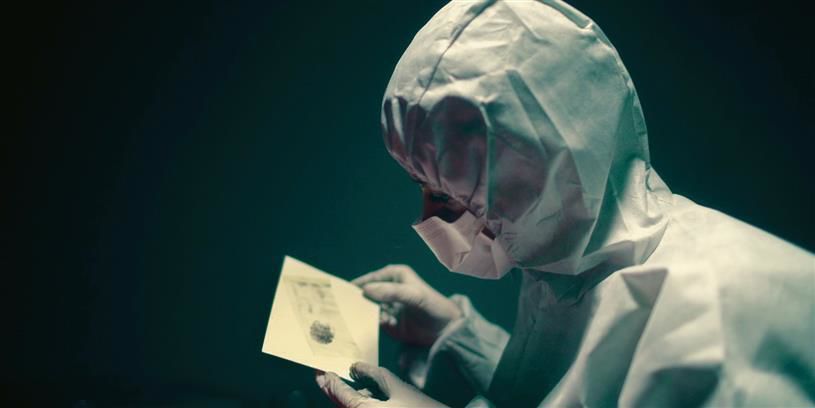The makers could have explored the psychological aspect of the serial killer.
Film: Netflix Crime Scene Berlin: Nightlife Killer
Director: Caroline Schaper and Jan Zabell
Parbina Rashid
‘Why some people kill?’ asks one of the investigating officers in ‘Crime Scene Berlin: Nightlife Killer’. An interesting premise for a crime documentary to be set on! Who would not love to get into the mind of a serial killer who terrorised Berlin in 2012? Especially, when another officer put it as a ‘once-in-a-century case’.
The three-part docu-series opens with a party scene at a bar meant for ‘queers & friends’ with pounding techno music, psychedelic lights, and men dancing in gay abandon. “Getting high on drugs is part of our nature,” Techno DJ Lucia explains. She says, “The possibilities here are endless. But at the same time, this party scene does have a dark side.”
Sure enough, the dark side soon reveals itself, forcing the gyrating figures to freeze. A corpse is found in the darkroom of the bar. The crime scene provides few clues, leaving cops fumbling in the dark, literally. Senior homicide investigator Andreas Voges in exasperation calls it a ‘John Doe case’.
Episode one has all the elements to keep the viewers hooked. Stylish presentation, a true murder story, the mystifying darkrooms which the members of the LGBTQ+ community frequent to have anonymous sex with strangers. It combines well-captured recreational scenes, and interviews with the law enforcement authority, family members of the victims, and other stakeholders to paint the picture of intrigue and fear. Barman Matthias emerges as a key figure bringing attention to the community’s colourful spirit.
Soon, the isolated murder of 32-year-old Nicky Miller becomes part of a pattern when the police identify the second victim within hours of Nicky’s death. Miroslaw Warsak, who befriends the killer in a train station, survives to tell his harrowing tale. The efficient German police get their man, who now has a face and a name — Dirk P.
The series’ focus shifts to Dirk, who earns the moniker The Darkroom Murderer. They explain how he uses the drug GHB, popularly known as liquid ecstasy, to kill his victims. A trained nurse, he has the knowledge and access to GHB. As the police zero in on him, more murders come to light. Dirk has killed three men before he is caught.
Presented from the police point of view, the disturbing and complex case of the Darkroom Murderer shows the efficient side of the German law enforcement authority, including the forensic experts. Unfortunately, the narrative dwells just on the surface level.
The show largely depends on recreations of scenes to stitch up the chain of events. But because of the lack of gripping images or videos from the actual crime scenes, the ‘once-in-a-century case’ seems more like a fictional fare. Too much emphasis on the bar scenes, though only one murder took place there, draws viewers’ attention from the brutality of the situation.
Similar treatment has been given to the victims as well. Sketchily presented, they are mere names; not real, complex people. A true crime series becomes compelling only when the viewers can connect to the victims at some level. That factor is missing here.
Among the victims’ relatives, only Nicky’s sister Anka Hilgert makes an impact. Her expressions, the tremor in her voice — one can feel her loss.
Most intriguing are the brief musings from Dirk, who says, “I am torn’— between his desire to seek help from a psychiatrist and his strong urge to kill. The makers could have explored the psychological aspect of a criminal who targeted gay men even though he himself was gay. It couldn’t have been the stigma attached to homosexuality which drove him to insanity. After all, the crimes were committed in 2012, not 1912! His aunt briefly talks about his troubled childhood, but the reason for him to turn a hardcore killer remains an enigma as ‘Crime Scene Berlin’ stays silent on this aspect.
So, when the postscript rolls informing that Dirk, who was nabbed in 2013, took his own life after spending nine months in prison, the question still persists — ‘why some people kill?’














